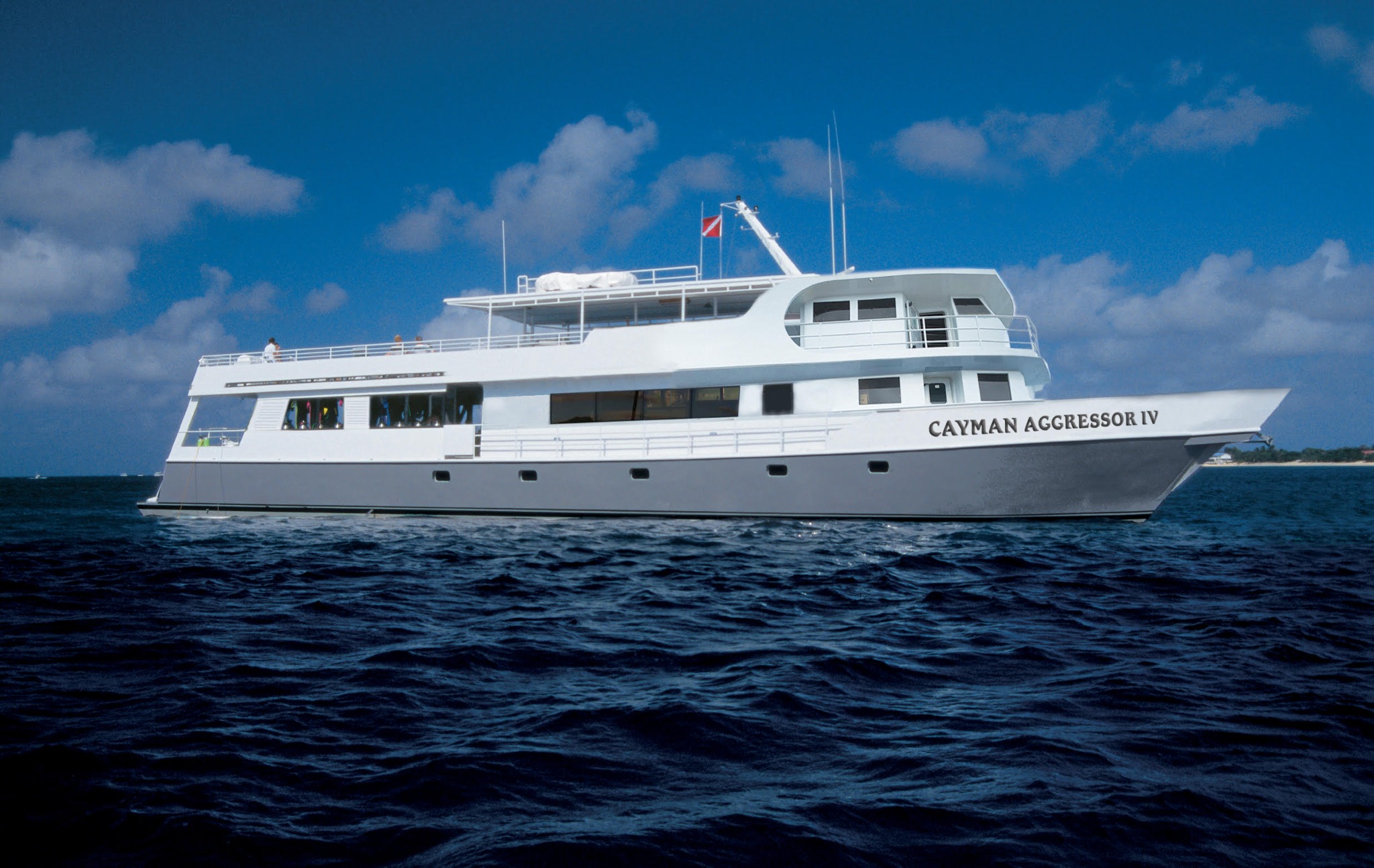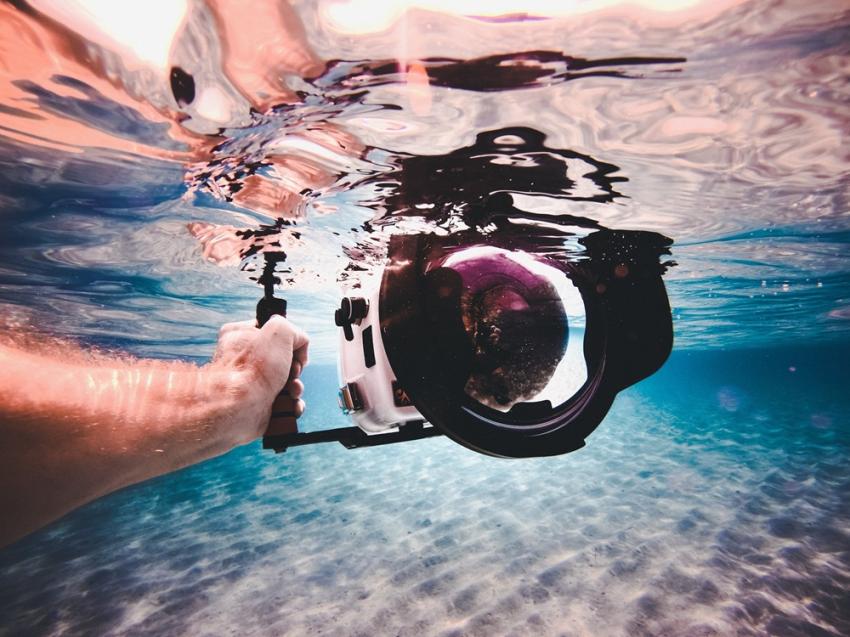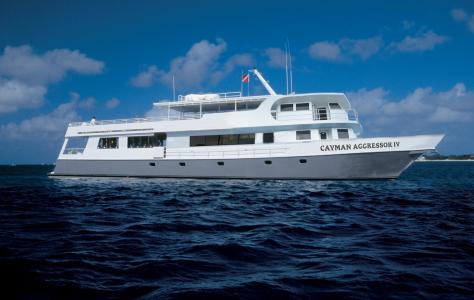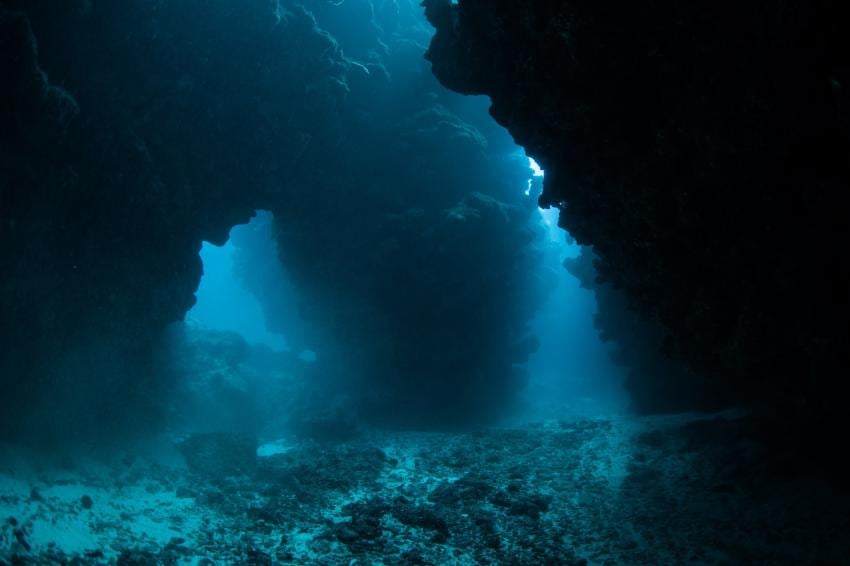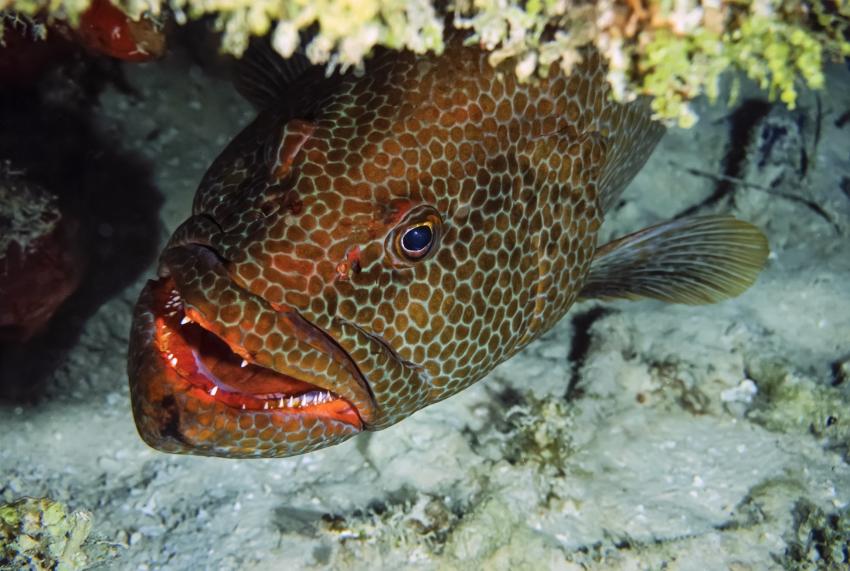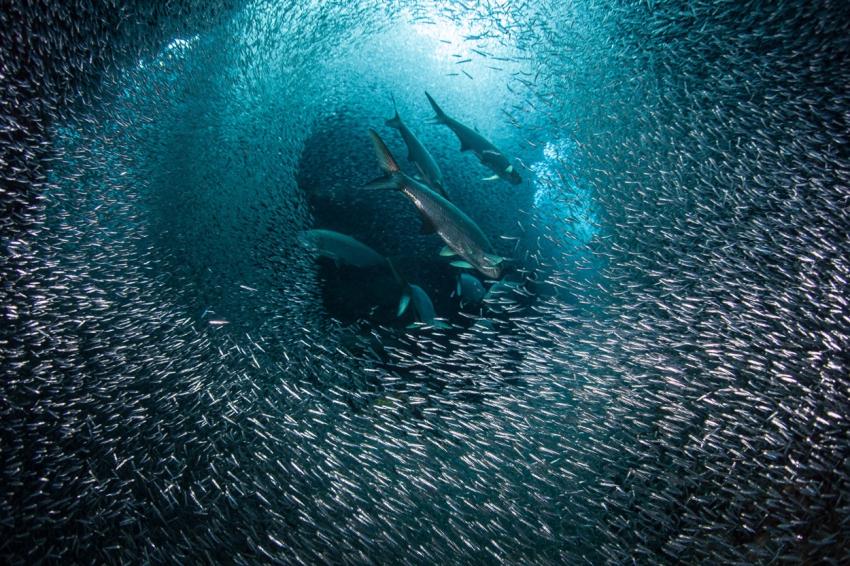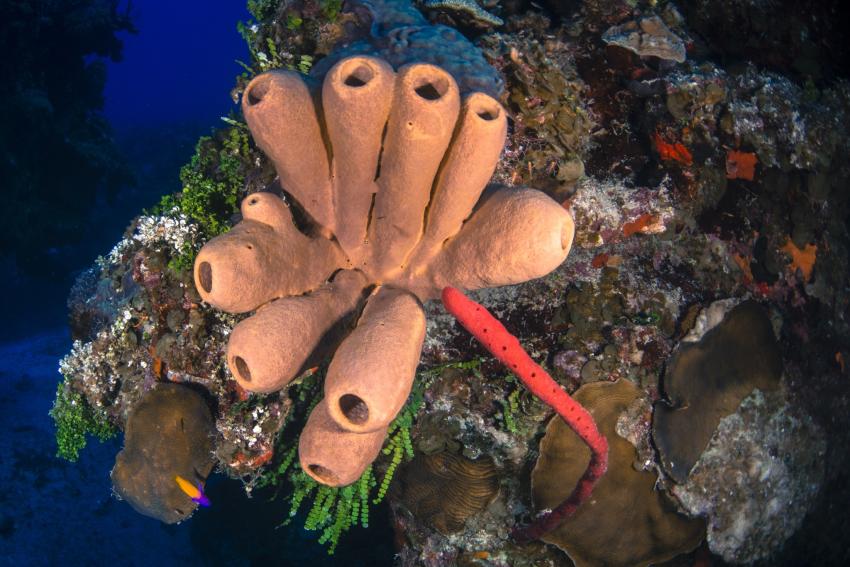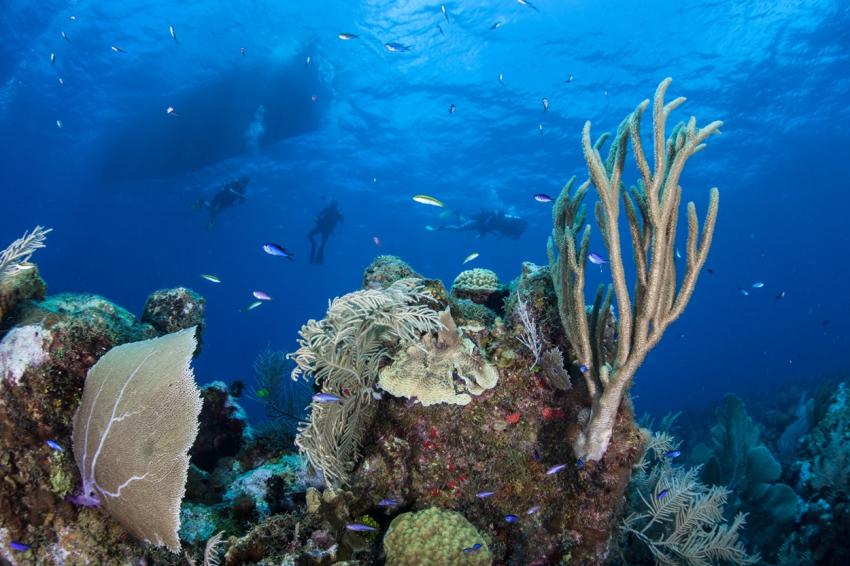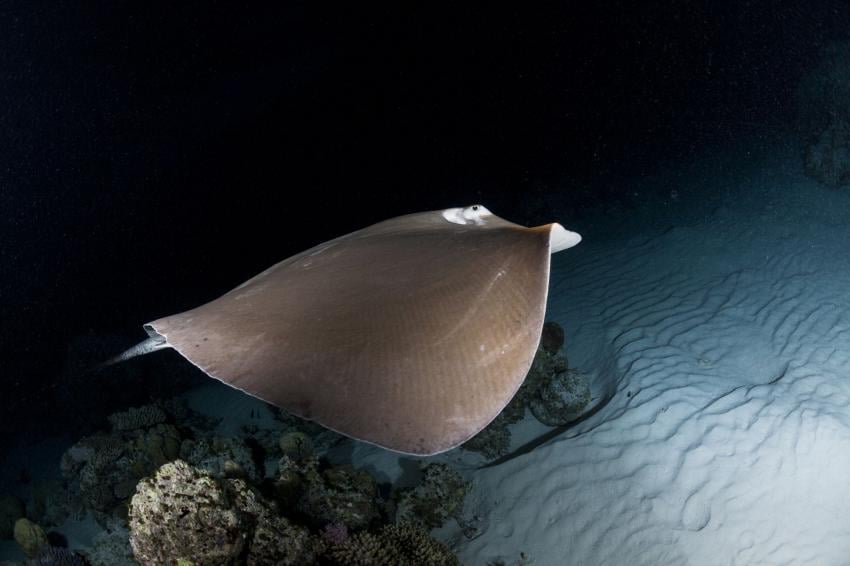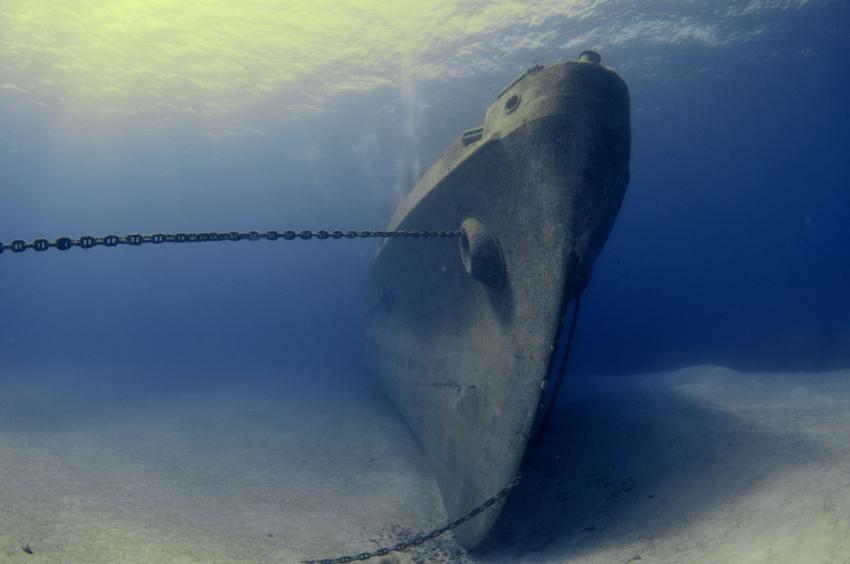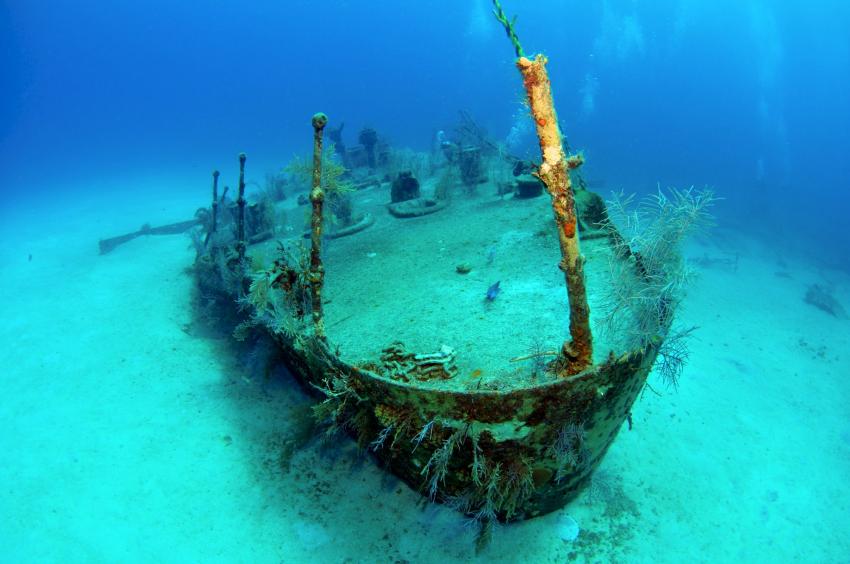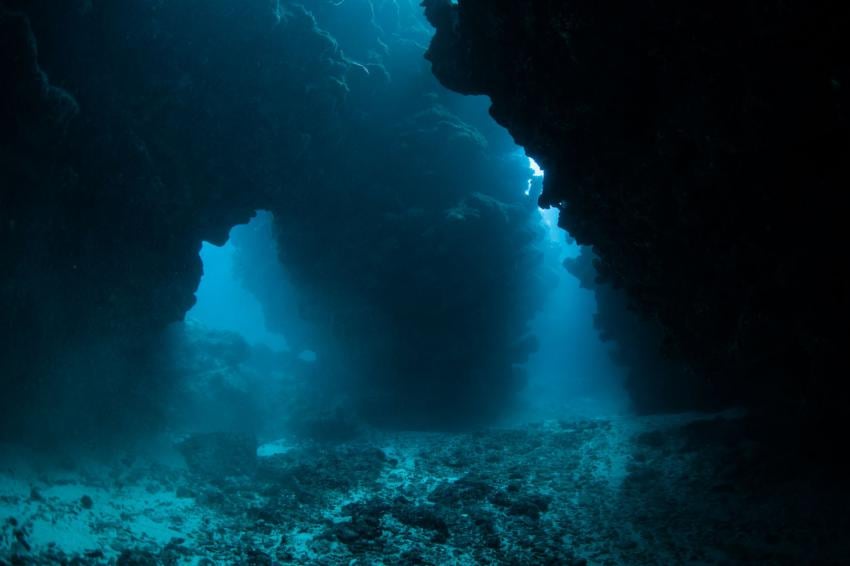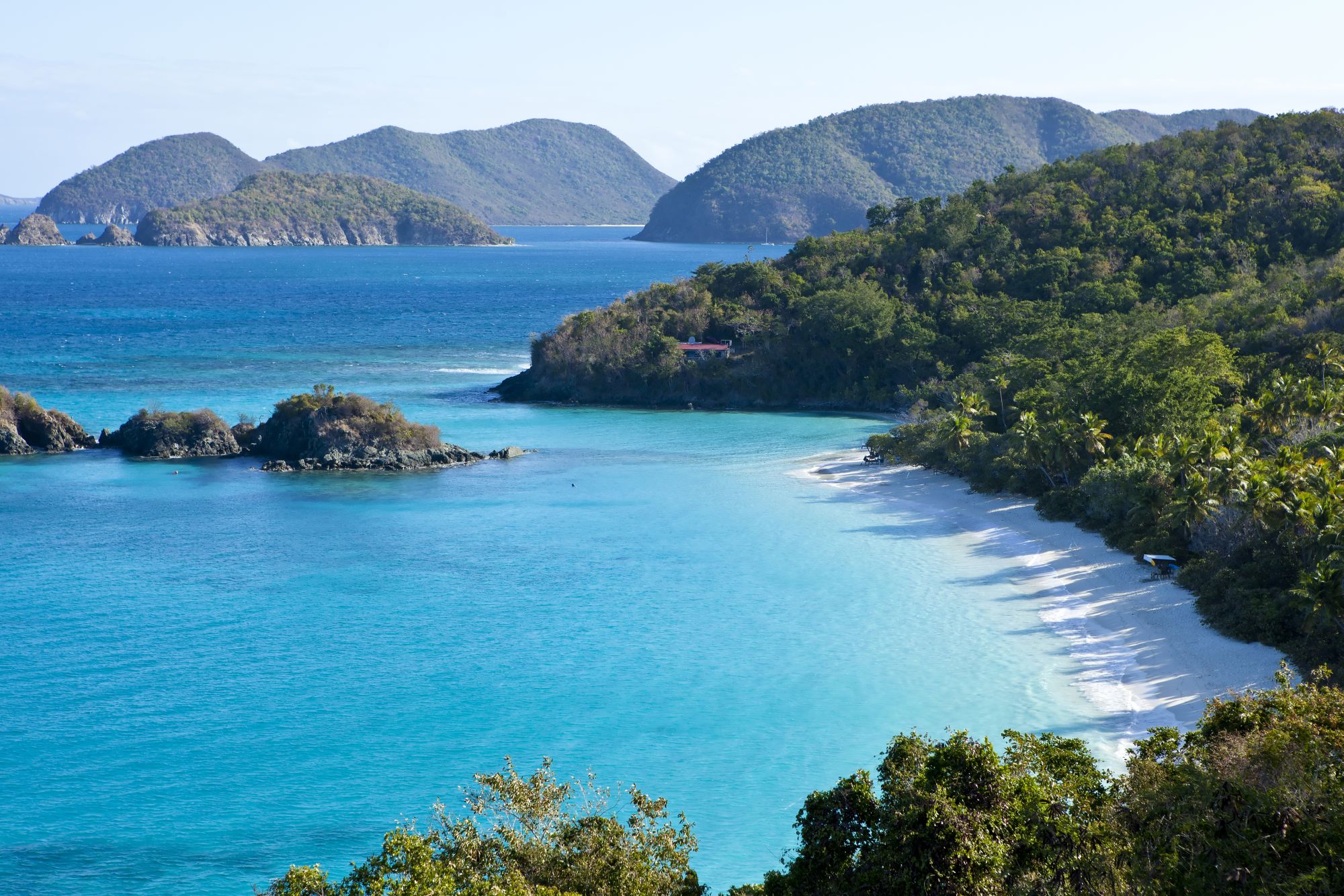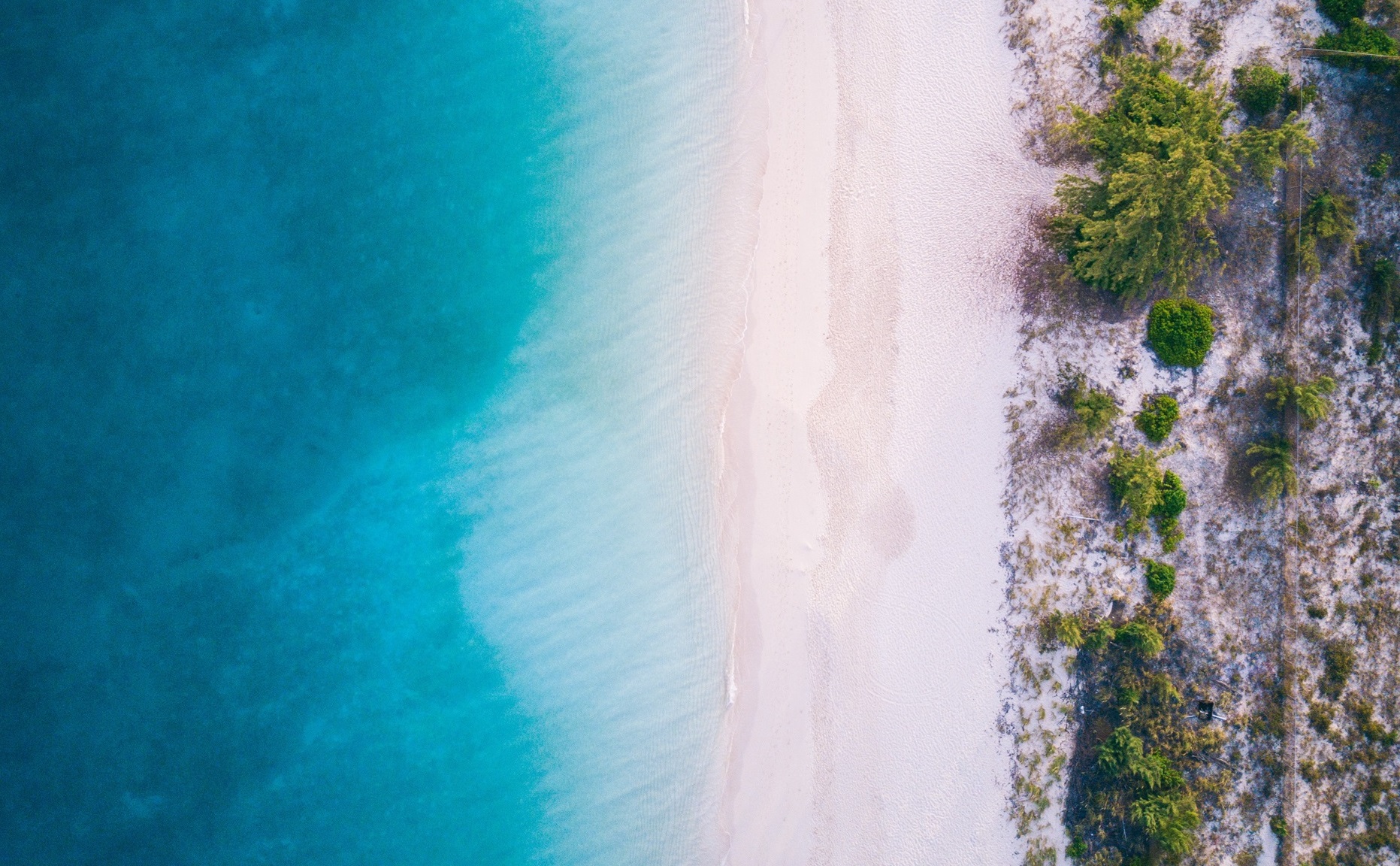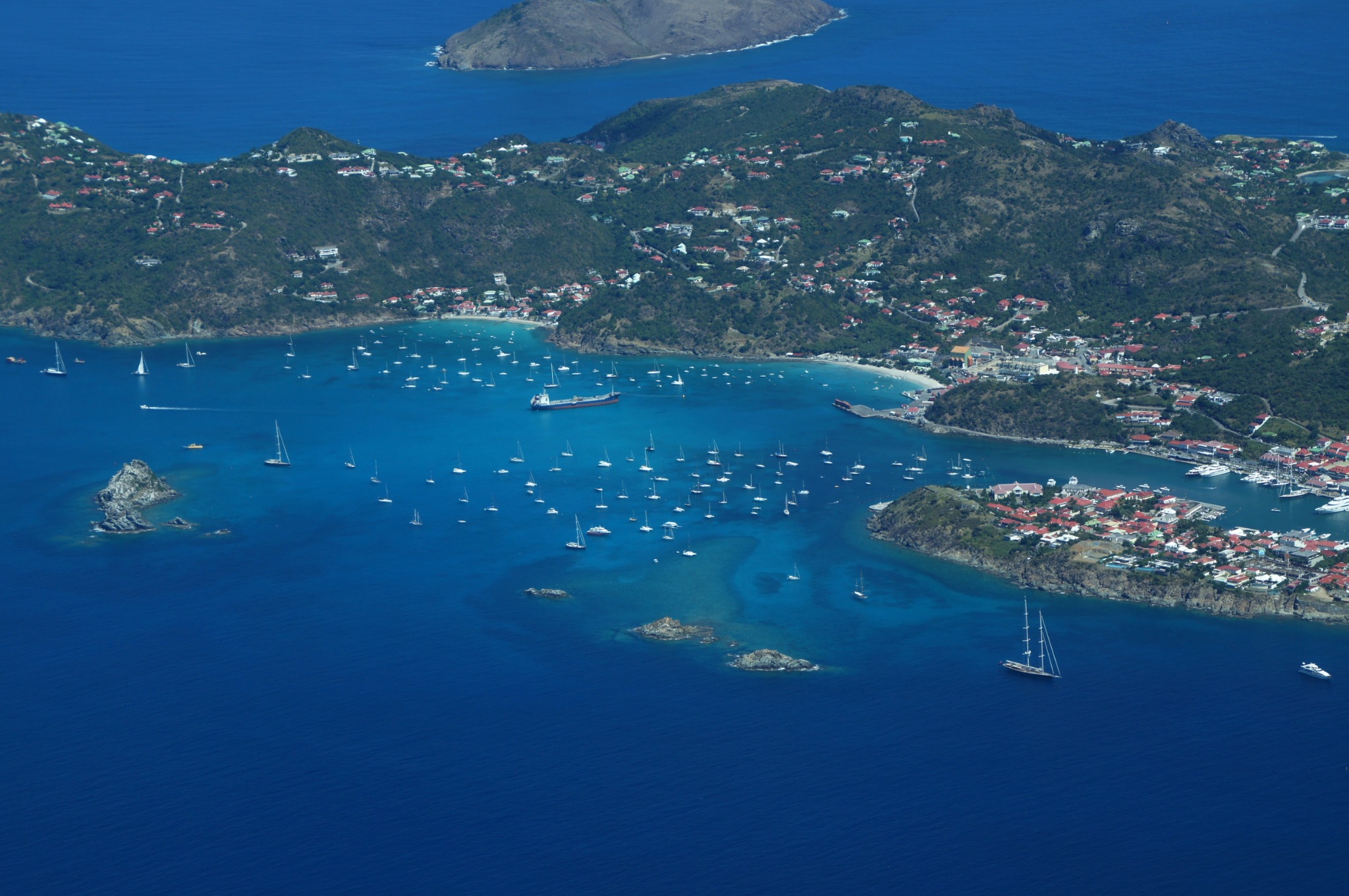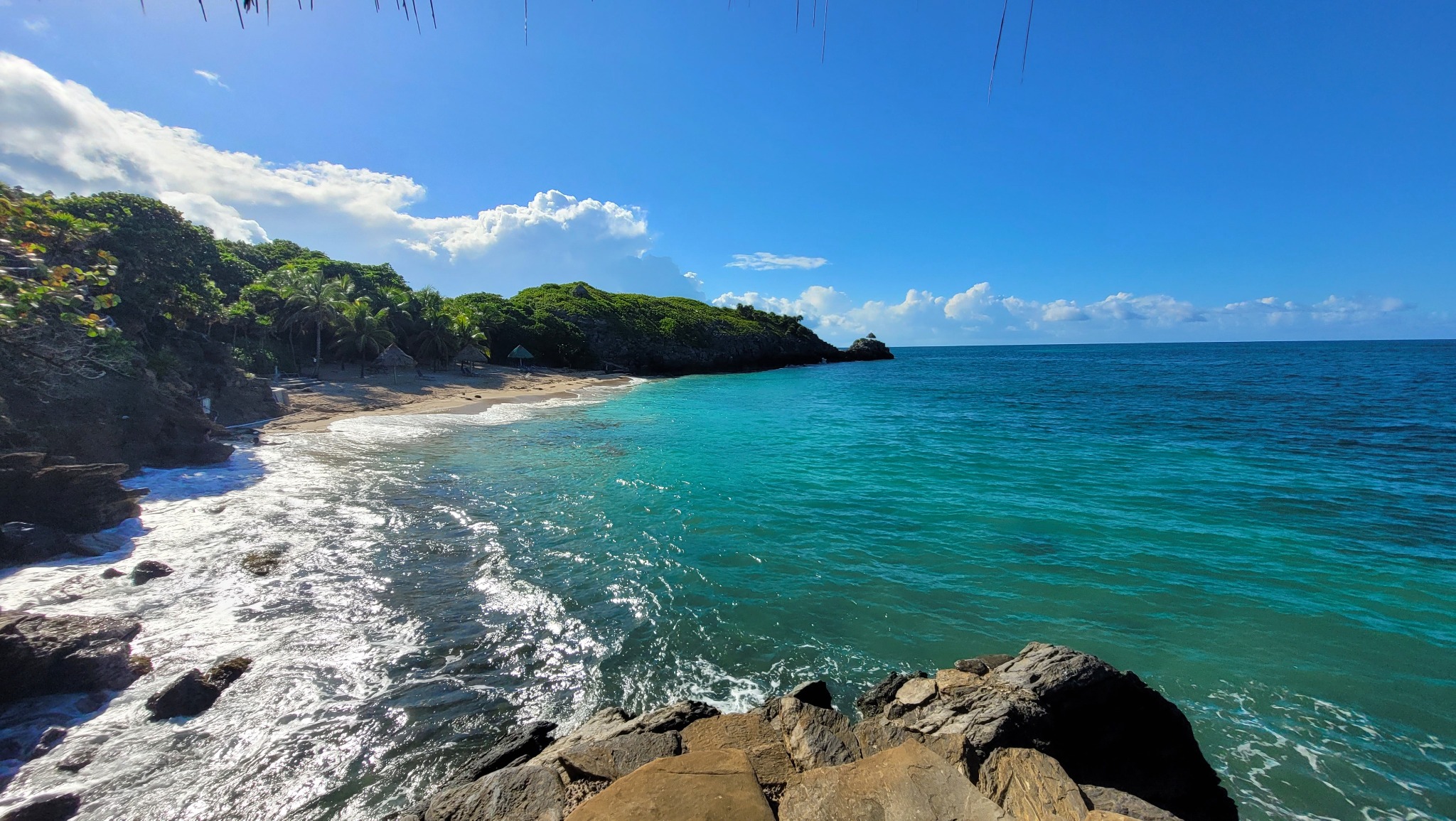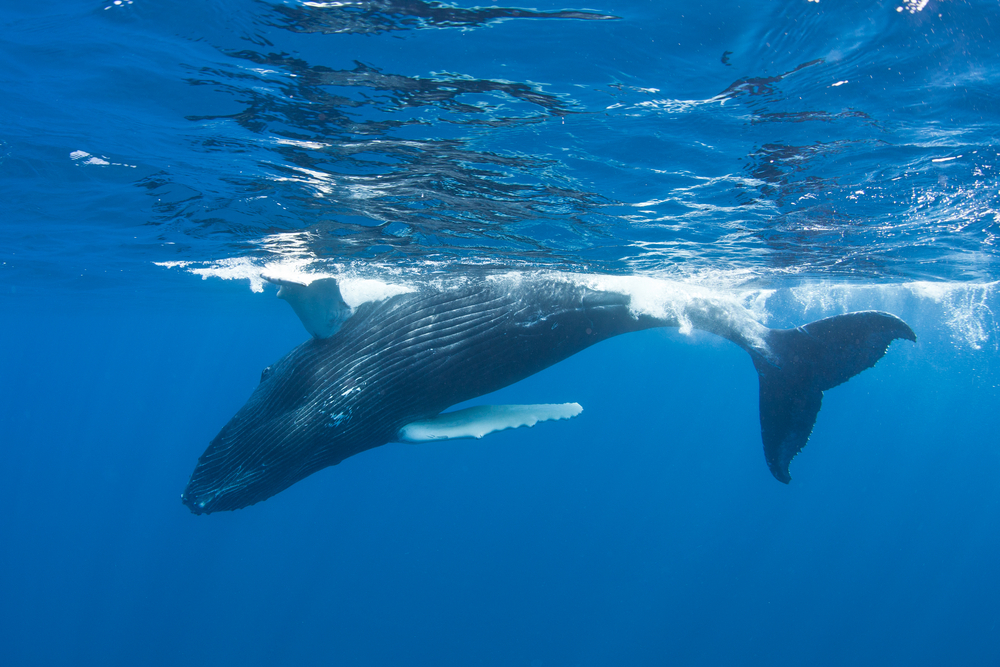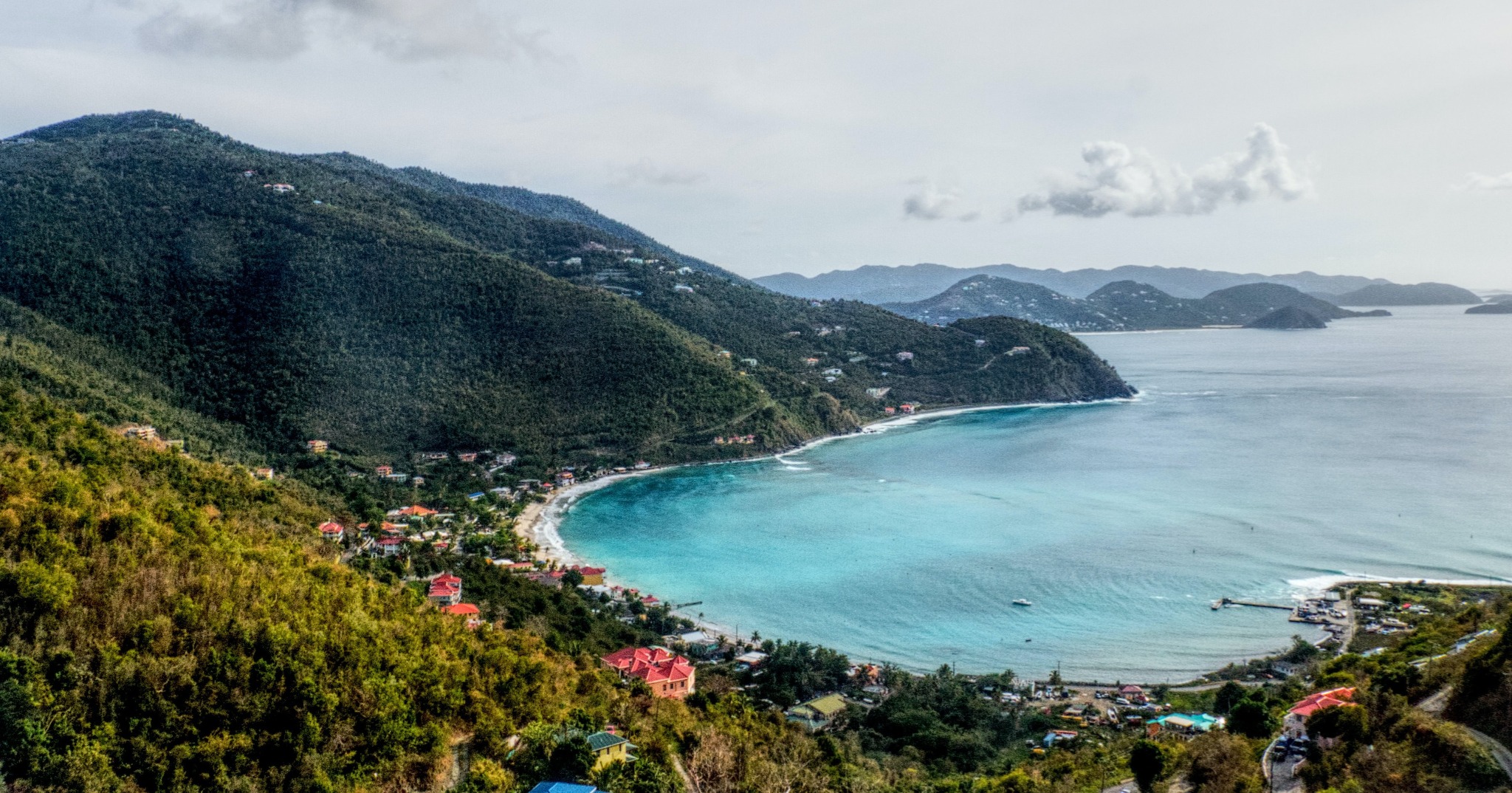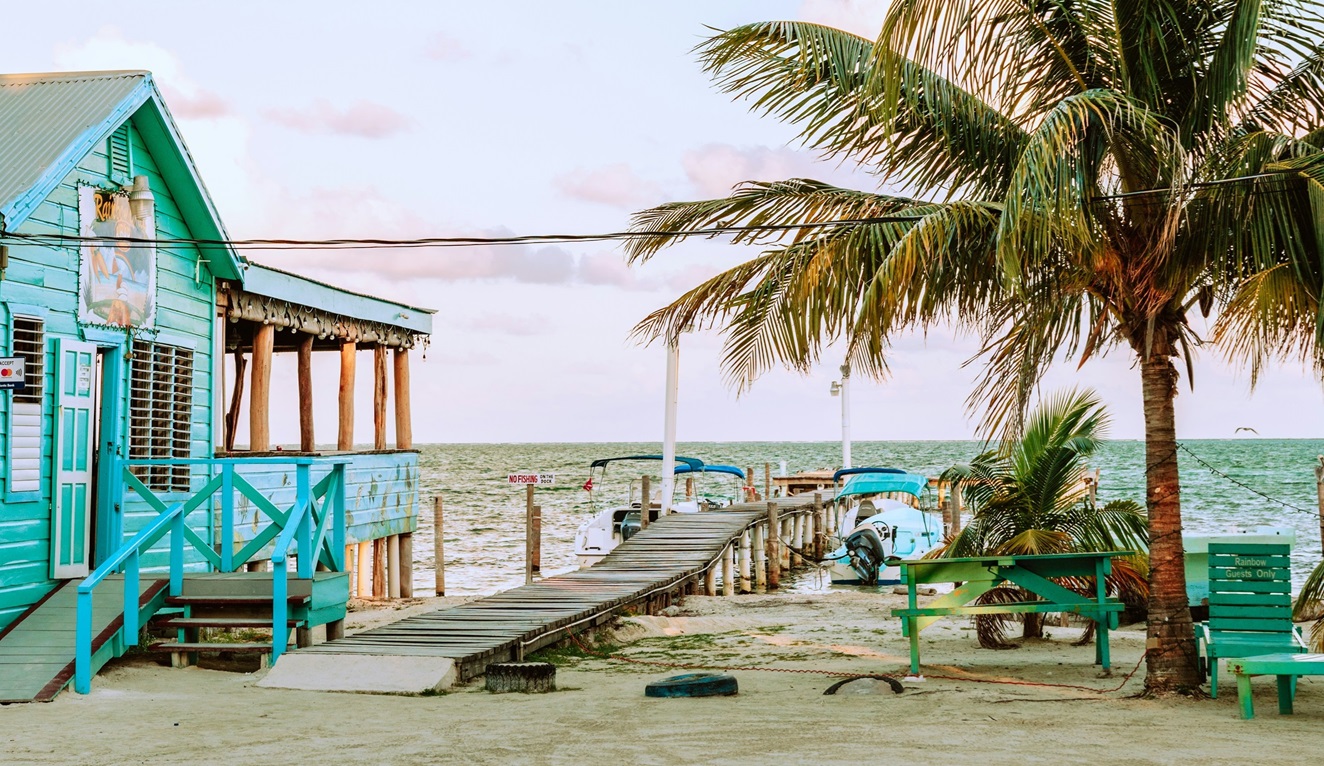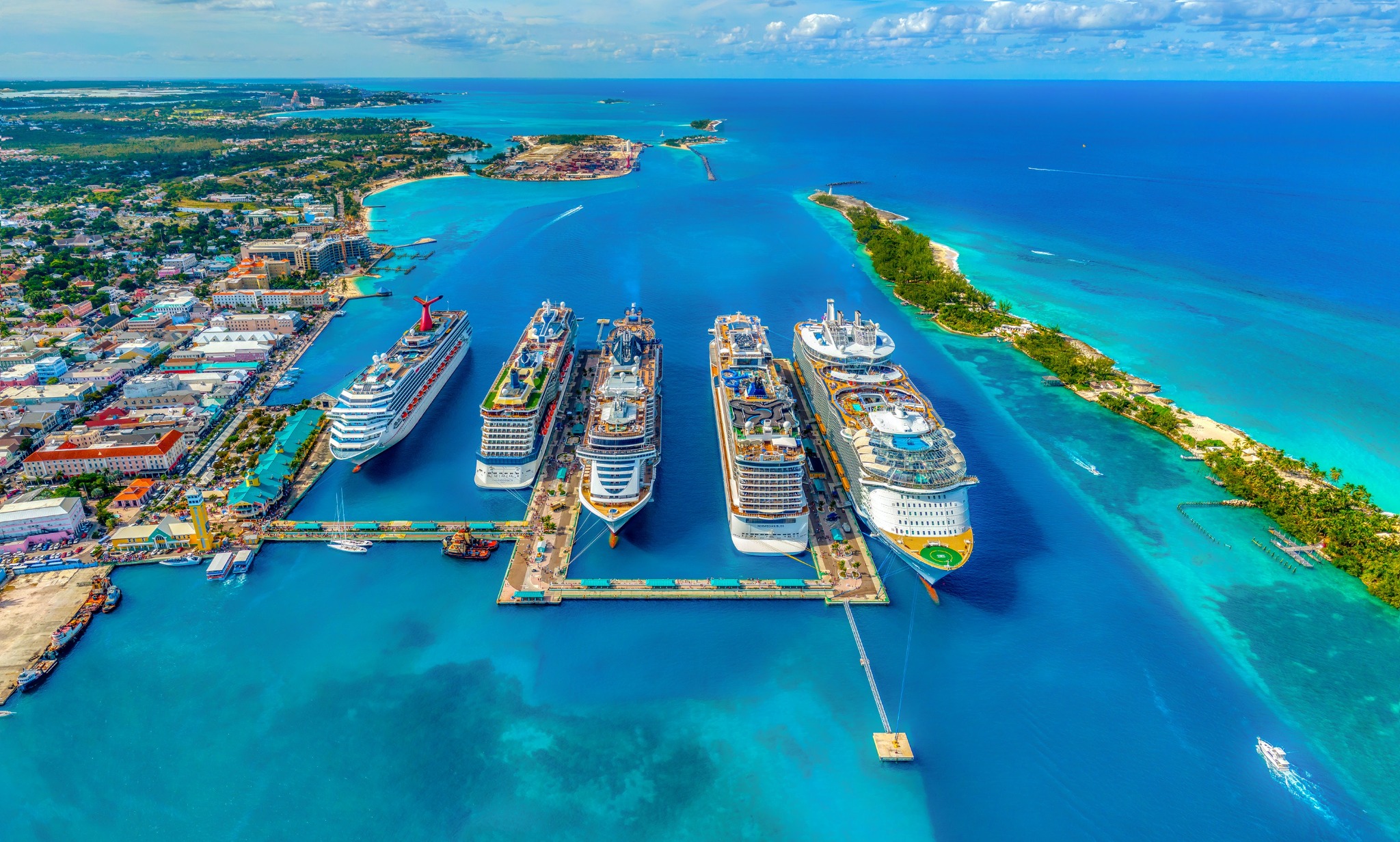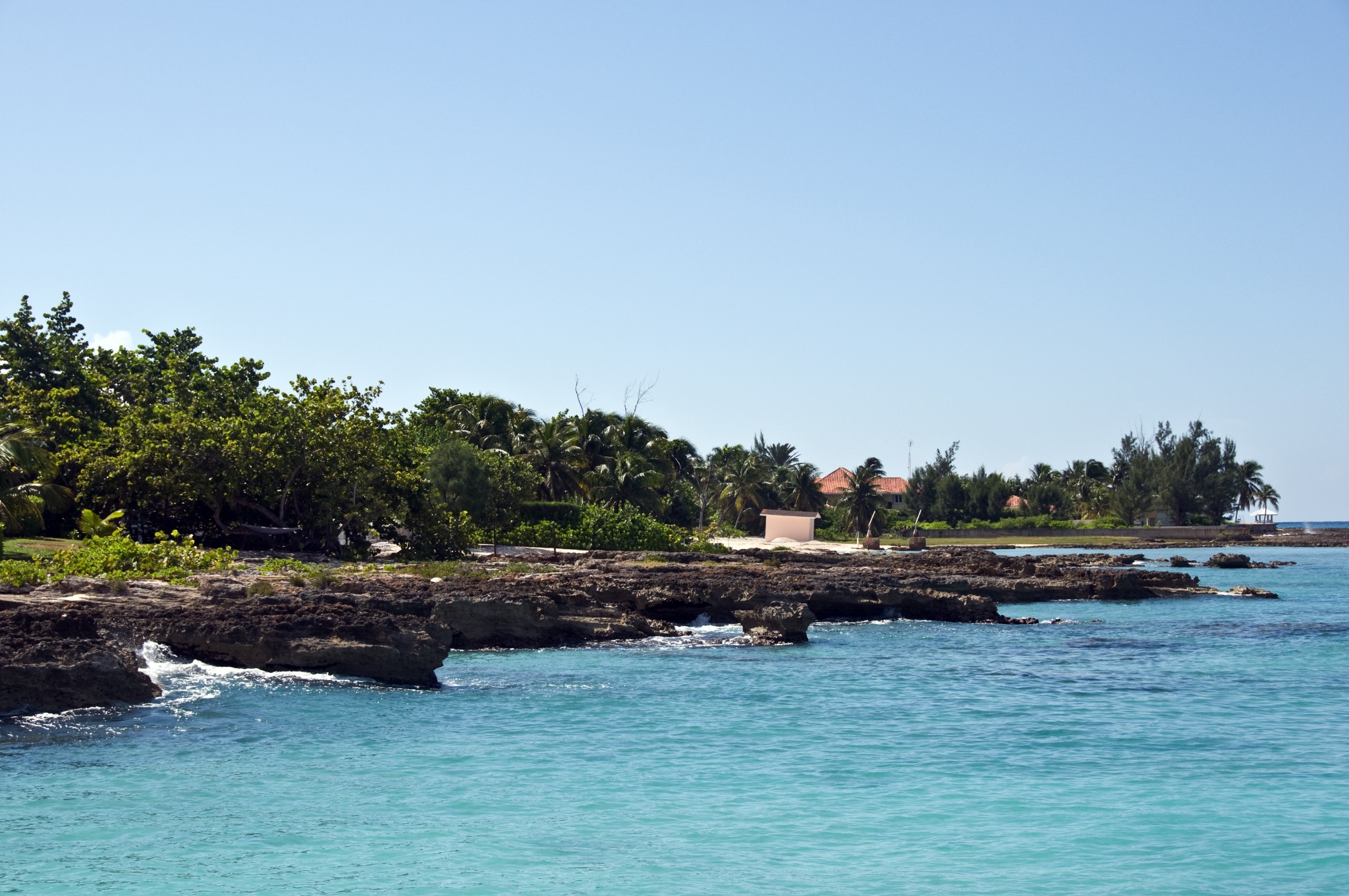
Best Cayman Islands Liveaboards
Handpicked Cayman Islands Selections
Get more with Divebooker rewards
- Free DAN insurance
- 5% money back
- Up to 10% savings for the next travel
- 2X money back on select days
- Extra care support package
Liveaboard Diving in Cayman Islands
The Cayman Islands is renowned for its exceptional diving experiences. This archipelago comprises Grand Cayman, Cayman Brac, and Little Cayman, each offering unique diving adventures. The islands are celebrated for their crystal-clear waters, vibrant coral reefs, and an abundance of marine life. Liveaboard diving cruises in the Cayman Islands provide an immersive experience, allowing divers to explore remote and diverse sites. These cruises offer comfortable accommodations and easy access to multiple diving spots, making them a preferred choice for both novice and experienced divers.
Divers can expect to encounter a diverse range of fish species, including angelfish, parrotfish, and the elusive eagle ray. The islands' underwater topography is marked by dramatic walls, steep drop-offs, and intriguing shipwrecks, adding to the allure of diving here. The Cayman Islands also practice strict marine conservation, ensuring the preservation of this underwater paradise for future generations
Top Places to Dive in Cayman Islands
In the crystalline waters of the Caribbean lies a diving utopia, the Cayman Islands, encompassing Grand Cayman, Cayman Brac, and Little Cayman. This trio of islands offers a diverse range of underwater experiences, making it a top Caribbean diving destination.
Grand Cayman, renowned for its variety of dive sites, from shallow coral reefs to dramatic underwater walls, is a magnet for divers seeking vibrant marine life and the thrill of wall diving. Here, sites like the famous Stingray City and the USS Kittiwake wreck merge adventure with rich biodiversity, offering encounters with turtles, nurse sharks, and schools of snappers and grunts.
Cayman Brac stands out with its unique underwater landscapes, particularly the MV Captain Keith Tibbetts wreck, a diver's dream of exploring a sunken Soviet-built frigate. This wreck, combined with the island's pristine coral formations, provides an ideal backdrop for underwater photography and a chance to spot eagle rays and reef sharks, enhancing its reputation as a premier Caribbean diving spot.
Little Cayman, serene and untouched, is home to the legendary Bloody Bay Wall, a must-visit for any diving enthusiast. This site, known for its sheer drop-offs and lush coral life, attracts rare species like the Nassau grouper and offers a chance to see hammerhead sharks. It’s a pinnacle of Caribbean wall diving, boasting clear waters and vibrant marine ecosystems
Must See Cayman Islands Dive Sites
The Cayman Islands offer an array of exceptional dive sites, each boasting its own unique allure. Dive into the world-renowned USS Kittiwake, a captivating wreck dive that allows explorers to traverse through a sunken ship's decks, now a thriving habitat for diverse marine life. Nearby, the intricate Trinity Caves await, offering an exhilarating experience with their network of underwater tunnels, perfect for those seeking adventure among the natural formations.
The majestic Bloody Bay Wall, with its stunning drop-offs, showcases a rich tapestry of vibrant corals and diverse aquatic species, a dream for wall divers. In contrast, the shallow waters of Stingray City offer a unique and interactive experience with friendly southern stingrays, accessible to divers of all levels.
For those seeking dramatic landscapes, the North Wall provides sheer vertical drops and a chance to encounter pelagic species in the deep blue. Bonnie’s Arch, another gem, mesmerizes with its natural underwater arch and lush coral gardens, ideal for underwater photography.
Lastly, the Oro Verde wreck presents a blend of mystery and marine biodiversity, its sunken structure now a bustling reef ecosystem. This diversity of sites from USS Kittiwake to Oro Verde encapsulates the essence of Caribbean diving, making the Cayman Islands a premier destination for divers globally
When To Go Diving in Cayman Islands
The best time to dive in the Cayman Islands is from November to April when the weather is most stable, and water conditions are ideal. Visibility can extend up to 30 meters (100 feet), offering clear views of the underwater wonders. Water temperatures range from 26°C to 28°C (78°F to 82°F), making for comfortable diving conditions
Frequently Asked Questions About Cayman Islands
What is the best time of year to visit the Cayman Islands?
The best time to visit the Cayman Islands for diving is largely influenced by weather patterns and marine life activities. While you can dive year-round in the Cayman Islands, certain months offer more optimal conditions than others.
The water in the Cayman Islands remains warm throughout the year, with temperatures ranging between 26–28°C (79-82ºF). Visibility is also typically excellent, often exceeding 20 meters and can be much higher, making it ideal for diving.
Best Months for Diving:
January to March: These months are generally considered the peak season for diving in the Cayman Islands. The weather is cooler and drier, making it comfortable for diving and other activities.
April to August: These months are part of the rainier season but also offer the chance to encounter great hammerheads and other marine life such as Caribbean reef sharks, groupers, and spotted eagle rays.
September to December: The visibility and water conditions remain good for diving, though it's important to be aware of the hurricane season that runs from June to November.
During the hurricane season, spanning June to November, the weather can be more unpredictable with occasional showers, though they typically don't last long.
The warmer months like April and November can be busier, while the cooler months tend to be cheaper and less crowded
Which Cayman Island is best for diving?
Choosing the best Cayman Island for diving depends on your preferences:
Grand Cayman: Offers a wide array of dive sites (240 in total) including Stingray City and the USS Kittiwake wreck. It's well-developed with numerous dive resorts and is known for its wall dives near the Bartlett Trough.
Little Cayman: Smaller and less developed, it provides a more intimate diving experience with around 60 dive sites. The highlight here is the Bloody Bay Marine Park, known for its dramatic wall that starts shallow and plummets deep, covered in corals and sponges.
Cayman Brac: Offers a blend of authenticity and adventure with 65 dive sites, including walls, reefs, and swim-throughs. It's also home to the unique diveable Soviet warship, Captain Keith Tibbetts.
Each island has its unique charm and topography, catering to divers of all levels and interests
The unique diving experiences offered by Grand Cayman, Little Cayman, and Cayman Brac, liveaboard trips in the Cayman Islands include diving to both Grand Cayman and Little Cayman. These liveaboard trips provide divers with the opportunity to explore a variety of dive sites across these islands, enhancing the overall diving experience by combining the distinctive features of each location
